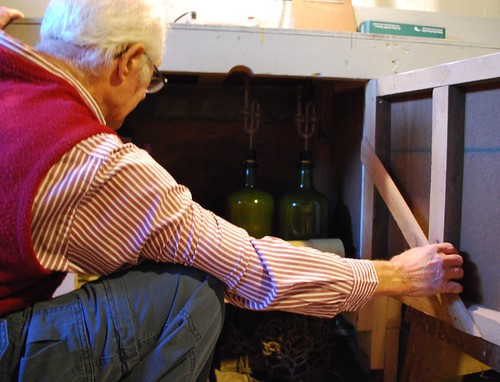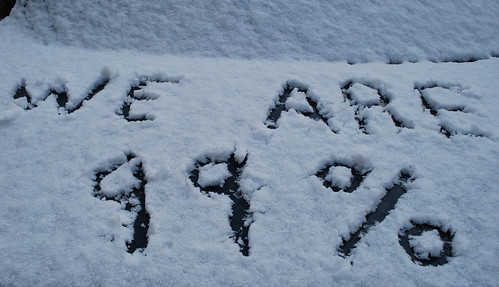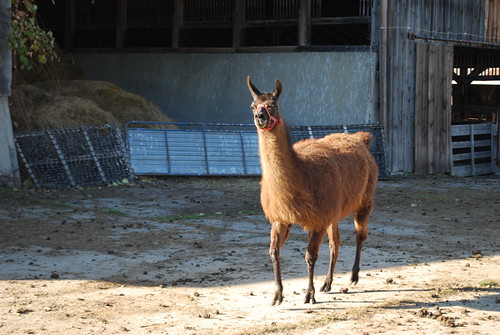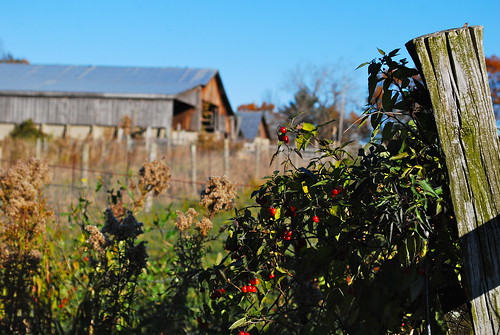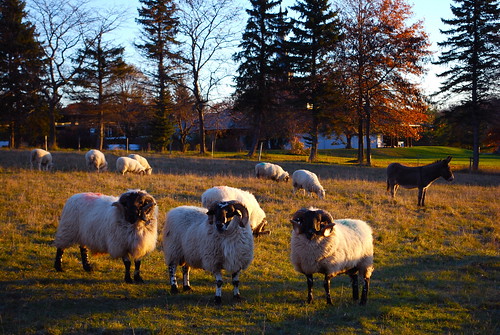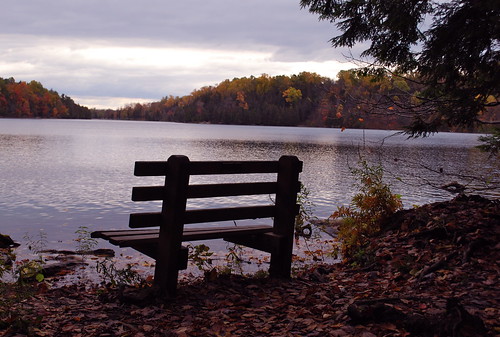I have to admit, I’ve been skeptical about the purpose or power of social media. Oh, I admit, I use it. I’ve treated facebook like a big address book, looking up folks when I want to send them an email, and I’ve used the Google+ circles as a way to have conversations with friends. It’s been nice to keep in touch with folks who live far away. I’ve been on twitter for a few years, and I once joked that it’s main purpose seemed to be to let me know which celebrity had died that day. Last semester, a friend sent me an email saying, “Hey, you must have papers to grade. You’ve been on twitter a lot.” So yeah, that too. Twitter can be a fun procrastination tool.
For the first few months I was on twitter, it seemed very much like a big cocktail party. Oh, it was entertaining and sure, there’s a social value to making small talk with folks, but most of what I saw was pretty superficial: folks joking around when they want to procrastinate, friends promoting their online businesses, single friends flirting with other twitter folks in hopes of a hook-up, bloggers linking to their blogs, people venting about relationships, and really funny twitter streams coming from people pretending to be famous dead celebrities.
I’ve watched the way that the younger generation — that is, my students and my household — embrace all the technological ways of communicating. The speed at which they can send text messages stuns me. (I think I’m just I’m too old to master typing with my thumbs on a very tiny keyboard.) I’ve watched how young people are able to use cell phone technology to coordinate a flashmob, gathering impressive numbers to sing and dance a single song. When I’ve talked with my students about social media, I’ve asked the question of whether or not their generation would eventually use those connections, that ability to reach large numbers of people, for something larger and more meaningful than entertainment.
The Occupy Wall Street movement has answered that question for me. In a time when the corporate-owned mainstream media are not always reliable sources of information, my twitter stream has been an invaluable source. When college students at UC Davis, sitting on the sidewalk in a peaceful, non-violent protest were
pepper sprayed by a cop at close range, videos were posted on the internet within minutes and the link sped through various social networks. When I wanted to see how a General Assembly at the Occupy Wall Street movement in the city functioned, I clicked on a livestream and watched the entire thing, through the camera of a young man standing right in the crowd.
Most of the folks I follow on twitter are people I know in real life — some are former students who are at the protests — so when I see their photos, their comments, their links, and their livestreams, I know something about the source and what bias might be involved. It’s so much more immediate and unfiltered than the days of reading columns in the morning newspaper.
Someone said to me yesterday, “How can the Occupy Wall Street movement survive without one strong leader? They need a Gandhi or a Martin Luther King Jr. A movement won't work without a leader.” But I think they are forgetting the role of the internet in this movement.
It’s true that the Occupy Wall Street movement doesn’t have one charismatic leader, but it’s also true that it’s not a leaderless movement. Watch a livestream of a General Assembly and you will see many strong leaders, who believe in a
participatory process. They’re making decisions by consensus, they are trying to give everyone a voice, and they’re working with each other to plan strategies. Many approaches they are taking – the human microphones, the drum circles, the think tanks, the working groups, the general assemblies, the insistence on non-violence, the chanting, the puppets, the marches — are techniques borrowed from the history of activism, but the internet has magnified the scale of participation. They’re using their cell phone and laptops to connect to each other, to broadcast their ideas to the world, and to let anyone with access to a computer to become part of the movement.
The action of the Occupy Wall Street movement – the folks marching in the streets and occupying parks and public spaces in major cities — has been flanked with a whole lot of smart, perceptive writing by folks who are participating from their homes, ideas that have been spread to readers mostly through the internet. “I don’t see any specific solutions,” someone said to me. Well, after just a few hours of reading on the internet, I can see a whole lot of ideas and solutions being proposed.
The internet has changed the face of activism. It’s connecting the activists on the street with the activists who write from their desks. It’s made this country a smaller place. And it has made video footage a powerful tool. I don’t think you need to be the parent of a college student, as I am, to cringe at the video of the cop casually spraying pepper spray at close range into the
faces of students sitting on the ground in peaceful assembly.
One of the chants the Occupied Wall Street protestors use is “The whole world is watching.” Indeed, thanks to the internet, they are.
I started to add links to this post, but there are just too many to choose from. I'd advise readers to go to twitter, search #ows and see what's there. 


